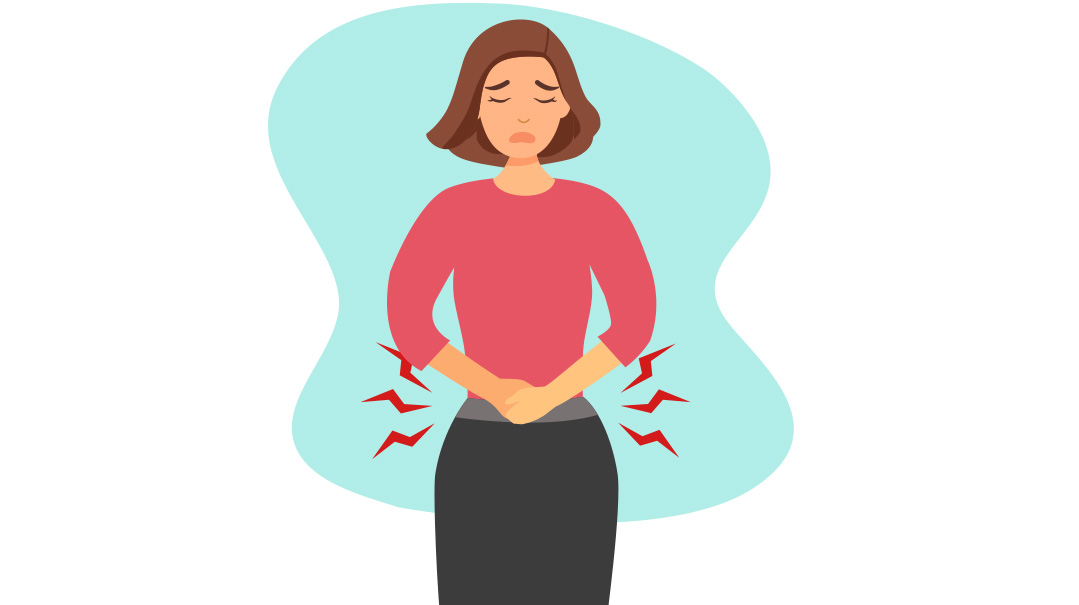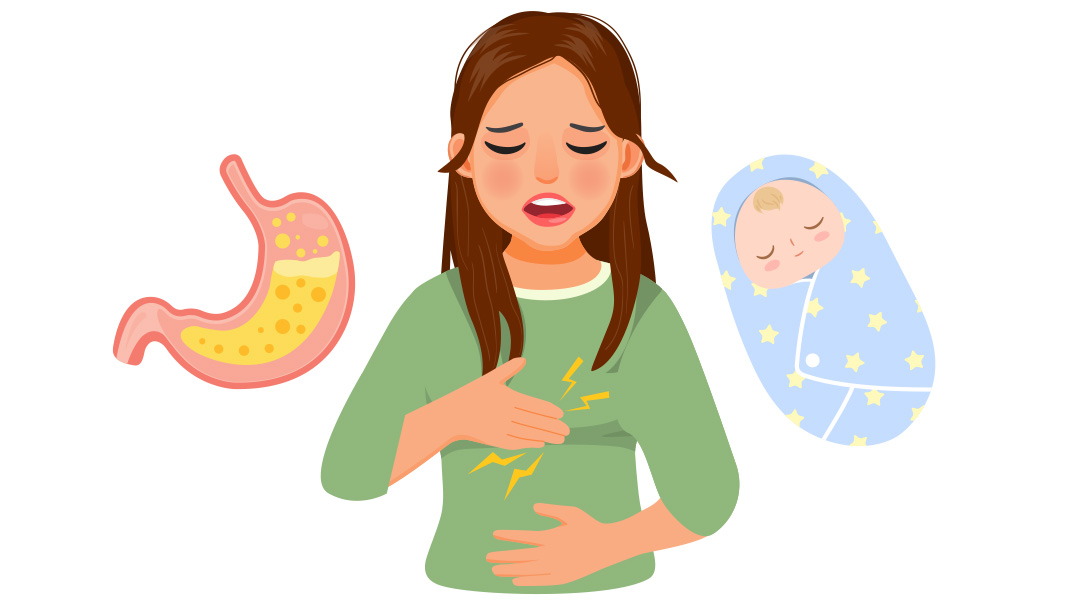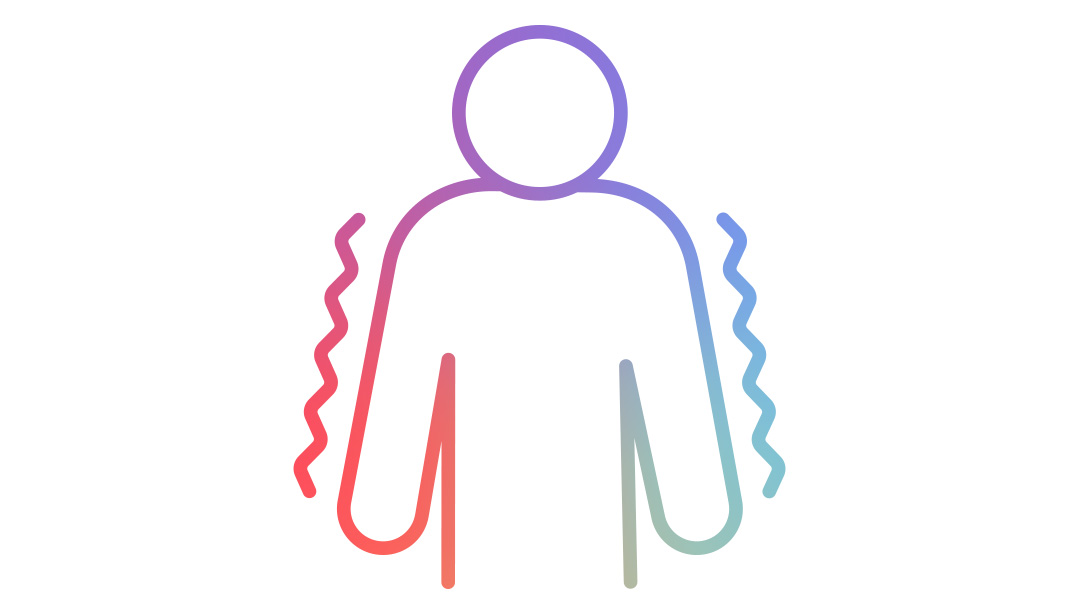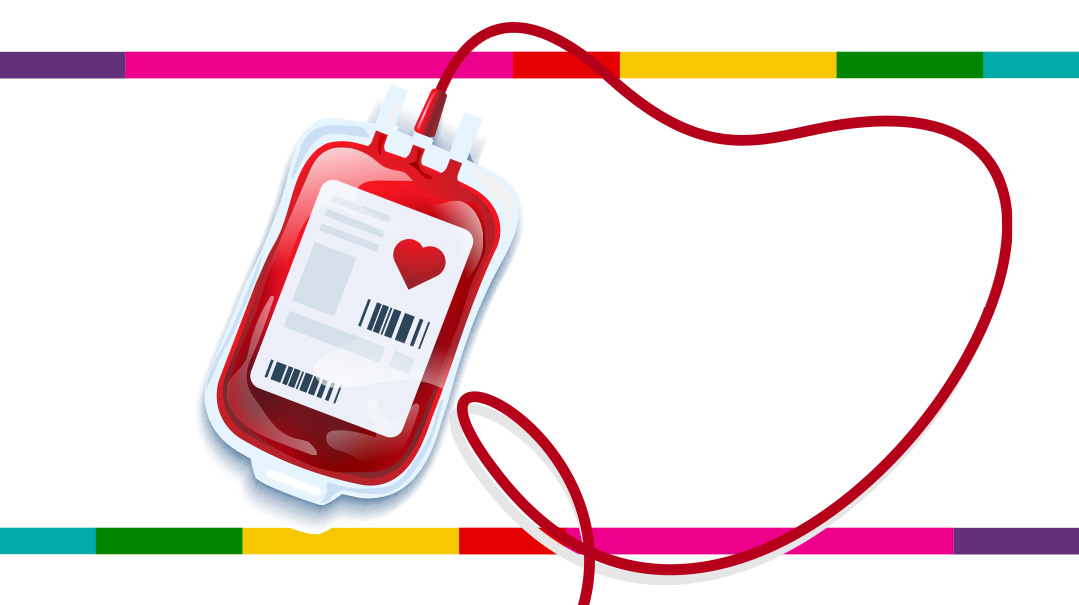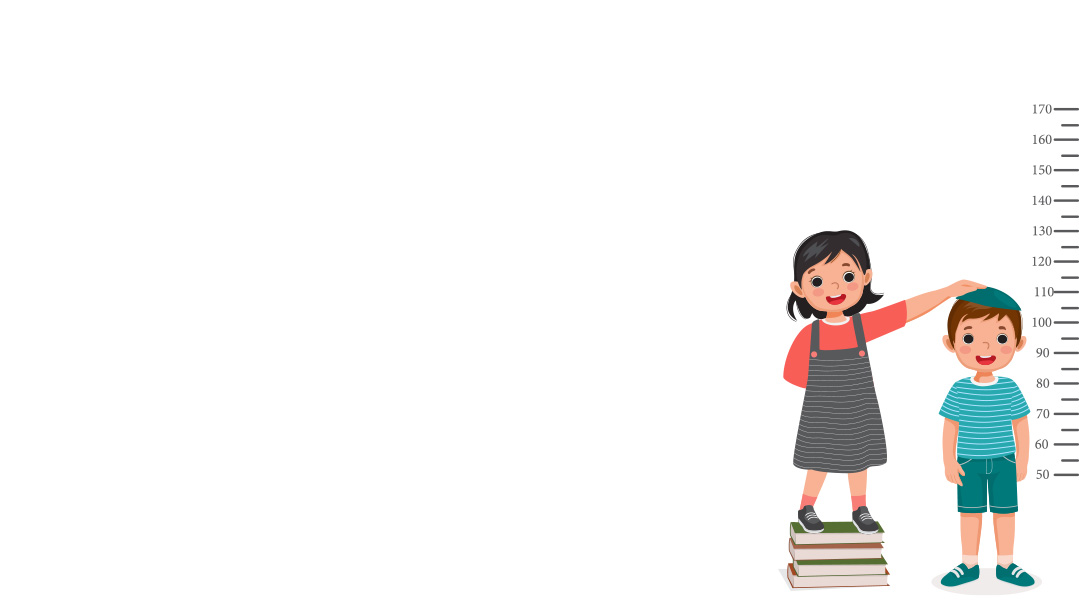Concussions
| July 25, 2023When the force of a blow or fall is strong enough, the brain bangs against the skull, and this can cause injury to the brain
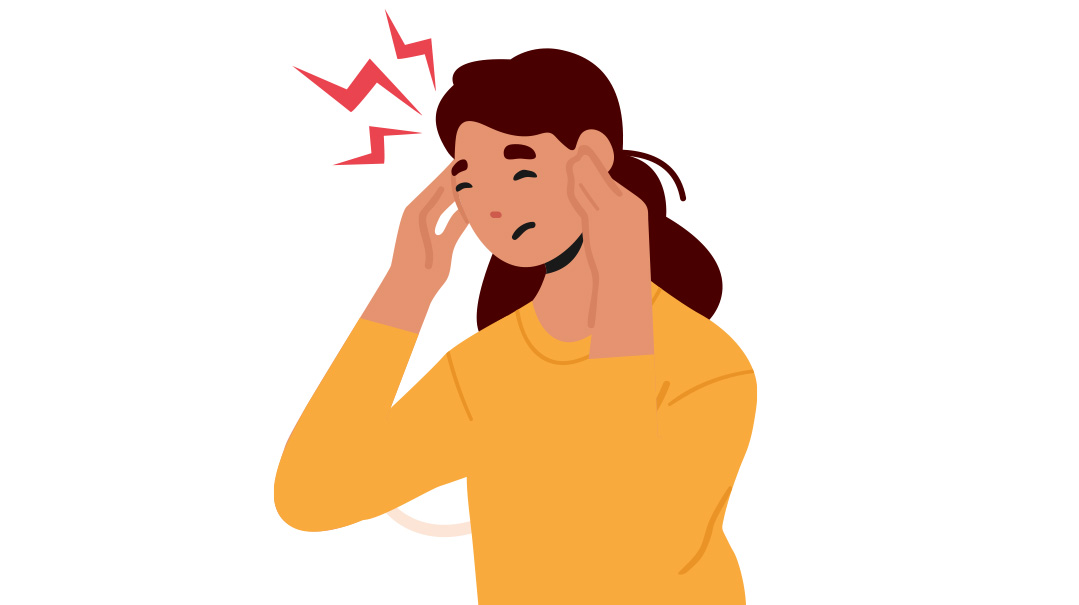
A concussion is a kind of head injury. Luckily, most concussions are mild, but it’s good to know how to prevent them and what to do if you or someone you know has a concussion. This is especially true in the summer when most people are more active than during the school year. Whether it’s for yourself, a friend, or a child you’re babysitting, knowledge is power!
What Happens in a Concussion?
Your skull, the hard bone surrounding your brain, usually helps protect your brain from injury. In addition, a liquid called spinal fluid cushions the brain inside the skull. But when the force of a blow or fall is strong enough, the brain bangs against the hard bone of the skull, and this can cause injury to the brain.
Can a Teen Have a Concussion?
Yes, anyone, at any age, can suffer a concussion. They most commonly happen as a result of accidents and falls. Teenagers who play sports, or those who ride bikes (especially electric bikes and scooters), are at a greater risk of having a concussion. If you babysit, you’ll want to be aware of the signs and symptoms of a head injury, too, as kids are more prone to falls.
Preventing Concussions
As with most injuries, it’s best to try to avoid a concussion in the first place. Here are some guidelines to keep yourself and the kiddies in your care safe.
For yourself:
- Always wear a helmet when riding a bike.
- Always buckle up in the car.
- Avoid using anything with wheels to climb (like using an office chair as a stool).
- Avoid climbing on anything unstable (rickety ladders, etc.).
- Be careful on wet, slippery surfaces, like a freshly washed floor or next to a pool. Walk, don’t run!
When caring for babies and children:
- Follow the same rules as for yourself.
- Be aware that some kids are avid climbers. Pay extra special attention when caring for toddlers and children with special needs, who often can’t judge the danger and can climb high and fast.
- Never leave a baby or toddler unattended on a high surface (like a changing table). If you’re missing something vital, like a diaper, pick the baby up to go get the missing item.
- Always buckle a baby into a stroller or car seat! If the stroller tips or falls, and the baby is buckled, serious injury can usually be prevented.
Signs & Symptoms
Be on the lookout for the following signs and symptoms following a head injury:
- Headache
- Vision disturbances, such as blurry or double vision
- Dizziness
- Trouble balancing or walking (look for an unsteady, wobbly walk)
- Nausea or vomiting
These are just some of the possible signs of a concussion. Always check with an adult or a doctor if you or someone you’re with has hit their head and is exhibiting any concerning symptoms.
If any of the following occur, call for emergency help immediately
- Having a seizure
- Losing consciousness, even briefly
- Vomiting is severe, persistent, or continued
- Headache is severe or worsening
These are signs that the concussion may be serious, and that you might need to be evaluated for a brain bleed. If your doctor or the emergency room staff is concerned, they can use advanced imaging, such as an MRI or CAT scan, to see what’s going on inside.
Although most concussions are not severe and do not require treatment, some blows to the head are strong enough to cause a brain bleed and demand monitoring and/or intervention.
DID YOU KNOW?
Girls are more likely than boys to have a concussion
DID YOU KNOW?
According to the Mayo Clinic, falls are the most common cause of concussions. Bike riding is also a leading cause.
(Originally featured in Teen Pages, Issue 971)
Oops! We could not locate your form.

